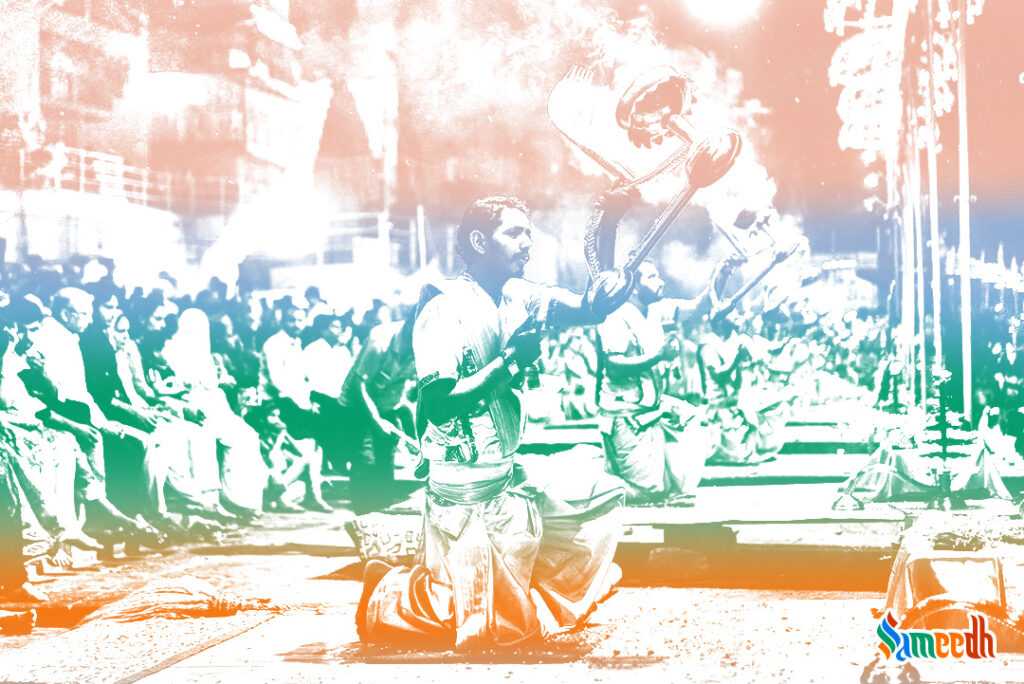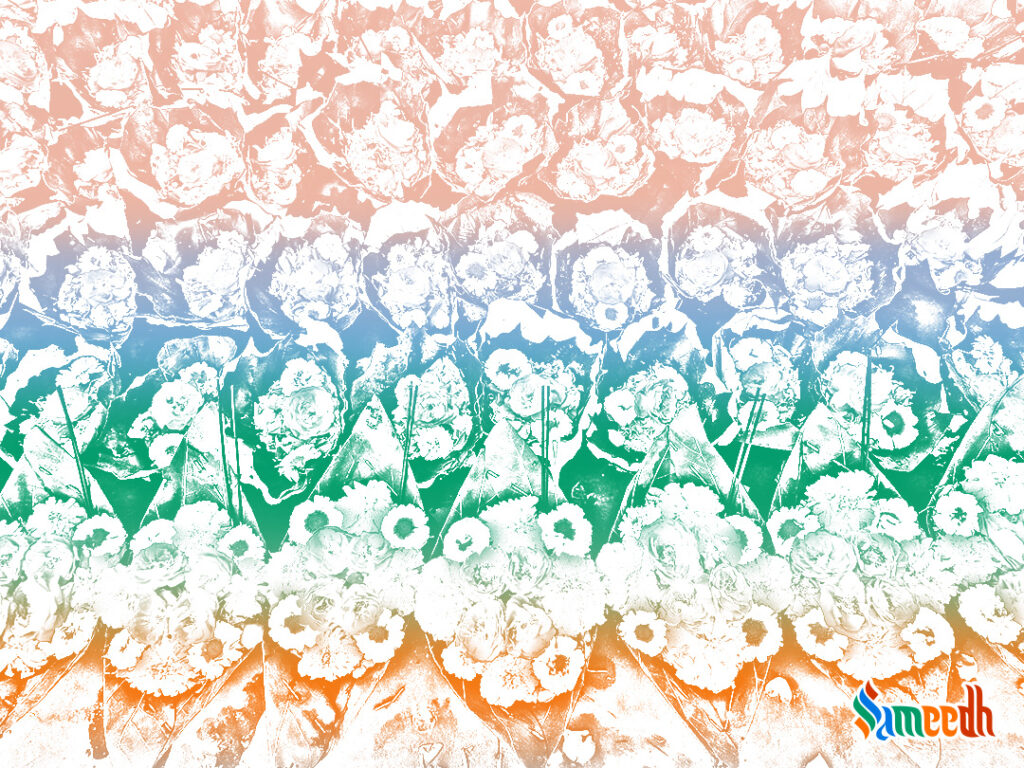Significance of a diya, a lamp, in Hindu rituals is quite prominent. The most basic purpose of a lamp is to illuminate. But after illuminating comes observation. Observing the glory of God from top to bottom is why we do Arti.

Arti, a Hindu religious ritual, is a word that originates from the Sanskrit word “Aaratrika”, meaning the removal of “Ratri” (darkness).
In Hinduism, Arti is the holy ritual of praising the gods and goddesses, the almighty. It is one of the 16 well-defined steps, shodasha upachaara, of an entire religious practice. This ritual is not confined to the walls of a temple or established places of worship, it is practised in Hindu households too. Moreover, an Arti can be performed for objects like electronics and vehicles too as it is believed to implant prosperity and provide protection from harm and negativity even to the lifeless gadgets around which our lives revolve now. As for the deities, it forms an integral part of offering prayers.
An Arti is well imbibed in the Hindu ritual of worshipping gods. Amongst other customs, while performing an Arti, devotees also chant mantras, ring bells in the temple, blow a conch shell and clap rhythmically. These rituals, like others, go hand-in-hand. There lies beauty in the synchronous motion of an Arti, beats of soothing hymns and musically sound clapping of hands. It is conducted in the belief that the Arti praises the grandeur of God, expressing gratitude to the creator and praying for utter wellness and positivity for all disciples and beings alike. Furthermore, performing an Arti has particular scientific angles to it too. No Arti is complete without the delightful sound of a conch shell. When we blow it, the frequencies emitted from the sound reduce the negative energy in the air. Similarly, when we ring metallic bells during an Arti, it produces an echo that prolongs till seven seconds. This forms a unity in the left and right parts of our brains, empowering us to fully focus and concentrate, discarding all negative energies and thoughts alike and eventually activating all seven chakras of the body.
Although the recurrence of performing Arti varies, from occasions to celebrations, it takes place twice a day as the sun rises and sets. During these two periods, darkness presides and the proportion of absolute fire elements decreases in the Sun’s rays. This, in turn, increases the raja-tama frequencies in the environment, providing the perfect hotspot for negative energies. The lights and sounds radiated during an Arti, keeping such negativity at bay.

For the Arti, in a plate, built from any of the three metals namely gold, silver and copper, a lamp is lit. This metal or mud lamp is first filled with ghee or purified butter and then a cotton wick is placed in it to illuminate the Arti with fire and further enlighten the minds of worshippers. Along with the lamp or diya; incense sticks, pieces of camphor, flowers etc too are offered during the traditional act. While the fragrance of incense sticks is pleasant to the olfactory sense, camphor is glorified and used in this blessed ritual for its unique ability to burn into thin air without leaving any residue or trace of its existence. Towards the end of an Arti, devotees often hover or place their palms above the hot flames of the lamp and then touch their own eyes and head. This way, they transfer the energy of the illuminated lamp to their minds and vision. As much essence has been denoted to the fiery flames, here is a shloka advocating the divine presence of the natural element in an Arti :
न तत्र सूर्यो भाति न चन्द्रतारकं
नेमा विद्युतो भान्ति कुतोऽयमग्निः।
तमेव भान्तमनुभाति सर्वं
तस्य भासा सर्वमिदं विभाति॥
na tatra sūryo bhāti na candratārakaṃ
nemā vidyuto bhānti kuto’yamagniḥ.
tameva bhāntamanubhāti sarvaṃ
tasya bhāsā sarvamidaṃ vibhāti
This translates to,
“Neither does the sun shine there, nor the moon with all the stars, nor does this lightning shine. What to say of this fire? Everything shines after him who alone shines. By His light all this shines variously.”
As we round up grasping the causes of this clockwise motion that is enacted in front of idol(s), verse 7 from chapter 14 of The Bhagvat Gita makes a great case as to how we are giving back to nature and hence god by performing an Arti.
भूमिरापोऽनलो वायु: खं मनो बुद्धिरेव च |
अहङ्कार इतीयं मे भिन्ना प्रकृतिरष्टधा || 4||
bhūmir-āpo ’nalo vāyuḥ khaṁ mano buddhir eva cha
ahankāra itīyaṁ me bhinnā prakṛitir aṣhṭadhā
It translates to,
“This Prakrti of Mine is divided eight-fold thus: earth, water, fire, air, space, mind, intellect and also egoism.”
Lord Krushna says that these elements belong to him and by performing an Arti, we are offering them back to the lord. Philosophically, the flowers, mud, metals, the undivided attention, intellectual capacity, willingness to burn oneself for the greater good like camphor, fire, air, all these belongings of god, we return with praise, admiration, love and devotion through an Arti.